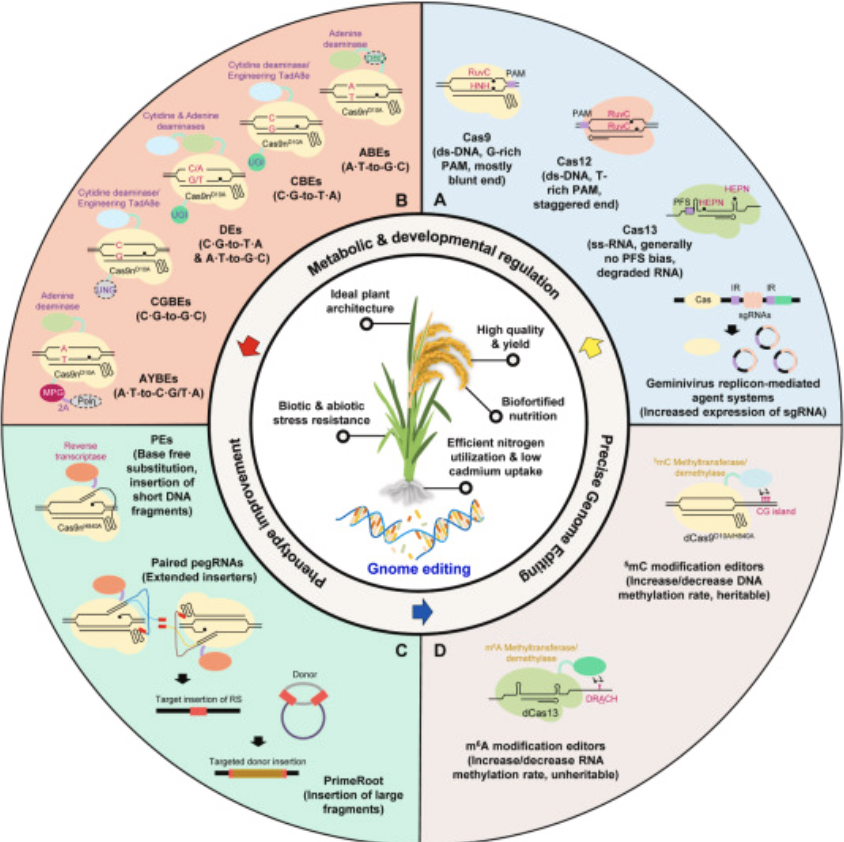
In the late 1990s, farmers began using a method called biofortification to increase the quality and sometimes the yield of crops. In this process, the nutritional quality of crops is increased through practices such as artificial selection and genetic modification. These practices aim to strengthen the minerals and
vitamins present in biofortified crops. For example, by selectively breeding crops with desired traits, farmers can obtain nutrient-dense crops with preferred characteristics. Through genetic engineering, crops can be modified biologically to have the ideal traits. These methods are key in helping to address global issues with malnutrition. Environmentally, the overall process of biofortification has positive effects. This process can result in larger crop yields, making agriculture more efficient than before in some situations. Also, because this strategy relies on current agricultural infrastructure, Biofortification has little immediate negative impact on aspects of the environment relative to other agricultural techniques. However, biofortification could significantly impact the environment as a result of agricultural maintenance and new genes moving into wild species, for example.
Biofortification stemmed from the prevalent global nutrient deficiencies in the late 20th century and served as a way to increase the nutrients that crops were deficient in naturally. This nutrient deficiency correlated with high amounts of malnutrition, and farmers recognized biofortification as a viable method to face these problems. Along with the benefits that this solution brings, there also exist difficulties. For example, while using biofortification to enhance the nutrient value of crops, challenges may arise with maintaining specific qualities that are expected by the public such as color or taste. These difficulties could be addressed through additional selective breeding, but some qualities are still challenging to change in this way.
Some are critical of biofortification, calling this strategy out for concentrating nutrients in a smaller group of foods. As a result, biofortification can have effects of less diverse – and therefore less balanced – diets, which is correlated with negative health effects. To address this critique of biofortification, the strategy can be widened to strengthen a broader array of foods rather than a small and a less diverse range of foods. From a financial standpoint, increasing the diversity of biofortification comes with an economic downside. Billions of dollars would need to be spent in addition to the long time that it would take to accomplish this feat. Overall, biofortification is an excellent tactic used to tackle malnutrition and improve the efficiency of growing crops. Although this process could potentially result in less diverse diets, Biofortification has mostly positive effects such as confronting the problem of nutrient deficiency within crops, but also faces challenges with maintaining desired qualities and potential environmental impact.
Sources
https://www.sciencedirect.com/topics/agricultural-and-biological-sciences/biofortification
https://www.harvestplus.org/home/biofortification-why-and-how

